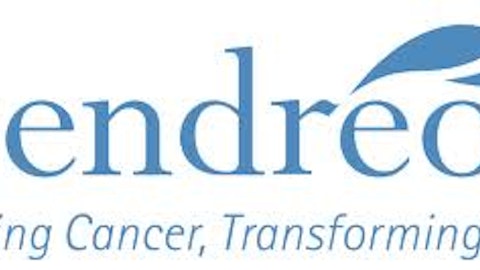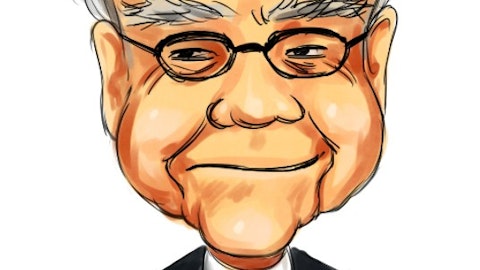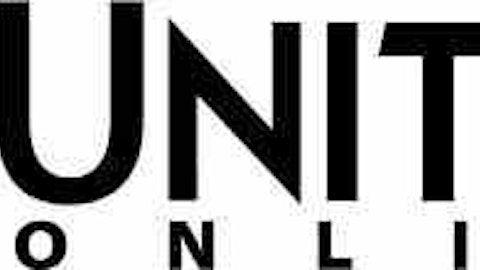
— Warren Buffett
I’m not quite as fanatical as Warren, but I do enjoy digging into a company’s annual report (called a 10-K) to learn something new. Especially for companies I own.
Over the next few weeks, I’ll be reading the 10-Ks of all the companies I own shares in, first page to the last. This week: Johnson & Johnson (NYSE:JNJ).
Here are five things I learned from J&J’s annual report (which you can read here).
1. A lot of the company’s slowing revenue growth doesn’t have to do with sales, but currency
Johnson & Johnson (NYSE:JNJ)‘s sales growth is tepid at best. Revenue growth has averaged 2.3% per year over the last five years, or about equal to the U.S. inflation rate.
But take a look at this table:
| Sales Increase / (Decrease) Due to: | 2012 |
|---|---|
| Volume | 5.7% |
| Price | 0.4% |
| Currency | (2.7%) |
| Total | 3.4% |
Johnson & Johnson’s ability to sell stuff actually grew nicely in 2012. And it managed to do so with slightly higher prices.
What took down revenue growth were currency fluctuations.
Consider how big currency issues were in Europe alone (emphasis mine): “Sales in Europe experienced a decline of 1.1% as compared to the prior year, including operational growth of 5.8% offset by a negative currency impact of 6.9%.”
The irony here is that many investors admired companies like Johnson & Johnson (NYSE:JNJ) for their exposure to international sales, which was seen as a hedge against a weakening dollar. But now that the dollar is gaining value against a basket of global currencies, international exposure becomes a drag, net of currency hedges. Be careful what you wish for.
2. Forget about runaway inflation of medical costs
Everyone knows health care prices ballooned over the last decade. Companies operating in the health care universe, therefore, were said to benefit from the other side of that trend with above-average pricing power and revenue growth.
But that hasn’t been the case for Johnson & Johnson (NYSE:JNJ)’s health care units. Take this paragraph (emphasis mine):
The Company is aware that its products are used in an environment where, for more than a decade, policymakers, consumers and businesses have expressed concerns about the rising cost of health care. In response to these concerns, the Company has a long-standing policy of pricing products responsibly. For the period 2002 – 2012, in the United States, the weighted average compound annual growth rate of the Company’s net price increases for health care products (prescription and over-the-counter drugs, hospital and professional products) was below the U.S. Consumer Price Index (CPI).
3. Don’t wait around for foreign profits to come home
When a company earns profits overseas, the act of bringing that cash back to the United States to pay dividends or fund share buybacks can create a big tax bill. Called the “repatriation tax,” companies typically owe the difference between the tax rate they paid on earnings overseas and the U.S.’s 35% tax rate.
Many companies opt to hoard cash overseas, anticipating a repatriation-tax holiday in the future that will let them bring cash home without spiking their tax liabilities.
But don’t wait around for Johnson & Johnson (NYSE:JNJ) to bring foreign profits home. It seems content reinvesting the majority of its foreign profits into foreign operations (emphasis mine):
At December 30, 2012 and January 1, 2012, the cumulative amounts of undistributed international earnings were approximately $49.0 billion and $41.6 billion, respectively. At December 30, 2012 and January 1, 2012, the Company’s foreign subsidiaries held balances of cash and cash equivalents in the amounts of $14.8 billion and $24.5 billion, respectively. The Company has not provided deferred taxes on the undistributed earnings from certain international subsidiaries where the earnings are considered to be permanently reinvested. The Company intends to continue to reinvest these earnings in international operations.



